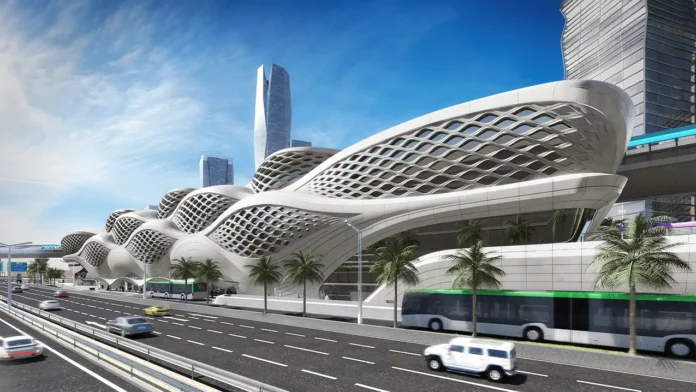The first phase of the Riyadh metro system, now transforming the public transport sector in Saudi Arabia, was launched yesterday.
Saudi Arabia is scheduled to open the first phase of the Riyadh metro on November 27; it will open partially, with three of the six planned lines operational since then; the remaining will open by mid-December. This is part of the Saudi Vision 2030, which seeks to reduce dependence on cars, ease traffic congestion, and establish Riyadh as a Global Trade and Business Hub. Indeed, it is termed as the Longest Driverless Metro in the World.
Also Read: Pakistan Consul General Congratulates PID for 200,000 Members
Initial Launch and Routes
Three initial lines will connect Al Orouba-to-Batha, King Khalid International Airport Road, and Abdulrahman Bin Auf Street-to-Sheikh Hassan Bin Hussein Street. By mid-December, new lines will serve King Abdullah Road, Al Madina, and King Abdulaziz Road. This project triggered an initial $22.5 billion worth in 2012. However, delays have plagued it, mostly due to logistical issues and the COVID-19 pandemic. Regardless, it is the most important step and accomplishment toward modernizing Riyadh’s infrastructure.
Sustainability and Future Goals
Sustainability is at the heart of the metro design. Solar panels at stations provide 20% of the power needed for critical systems. The regenerative braking trains will save on electricity; in the long run, all six lines will run entirely on renewable energy. Authorities will soon announce pricing and special discount packages. This initiative aligns with Saudi Arabia’s Vision 2030, which promotes sustainable cities and improves the residents’ quality of life.
Also Read: Minister Directs BoI to Facilitate Chinese Investors
Conclusively, establishing a metro system in Riyadh advances the Saudi Arabia Vision 2030. It is expected to change public transportation, decongest the congestion of vehicles, and promote urban living in a more sustainable manner.
